
Imagine waking to a home that’s already vacuumed, with clean air and your favorite music playing – without needing a single command. That’s the promise of new AI in the home: Intelligent systems that keep learning and act on your behalf.
Unlike routine-based smart devices, AI uses behavioral patterns and environmental data to adapt device actions in real time. It collaborates across systems, lightens mental load, and quietly makes life easier.
Here, learn more about the smart home must-haves with integrated AI that can transform daily life – and why it’s already more common than you think.
4 smart ways to use AI at home without lifting a finger
1. Ambiance

AI is rethinking how we control home ambiance, say experts.
‘Ambient intelligence is an emerging concept where devices passively understand who’s there and what they need – without commands or wearables,’ says Amod Kant Agrawal, applied scientist at Amazon.
This new tech doesn’t just respond, it anticipates. Wireless signals detect gestures and patterns, allowing systems to follow you with music or adjust lights based on activity, time of day, or even your tone of voice. You’ll find many of these developments in today’s smart home trends.
Samsung’s upcoming Ballie robot, for instance, projects images, feeds pets, and controls connected appliances as it moves with you. It’s a major leap from the routine-based systems in earlier smart tech gadgets.
Russell Goldman, interior designer at More Wow Design, explains, ‘AI adapts to our behavior. It knows when to dim the lights, play music to match your mood, or reduce allergens overnight. It’s perceptive, not programmed.’

Lepro is a leading brand in smart lighting, and these wall lights can sync with music and sense room brightness to adapt colors and intensity, without telling it to.
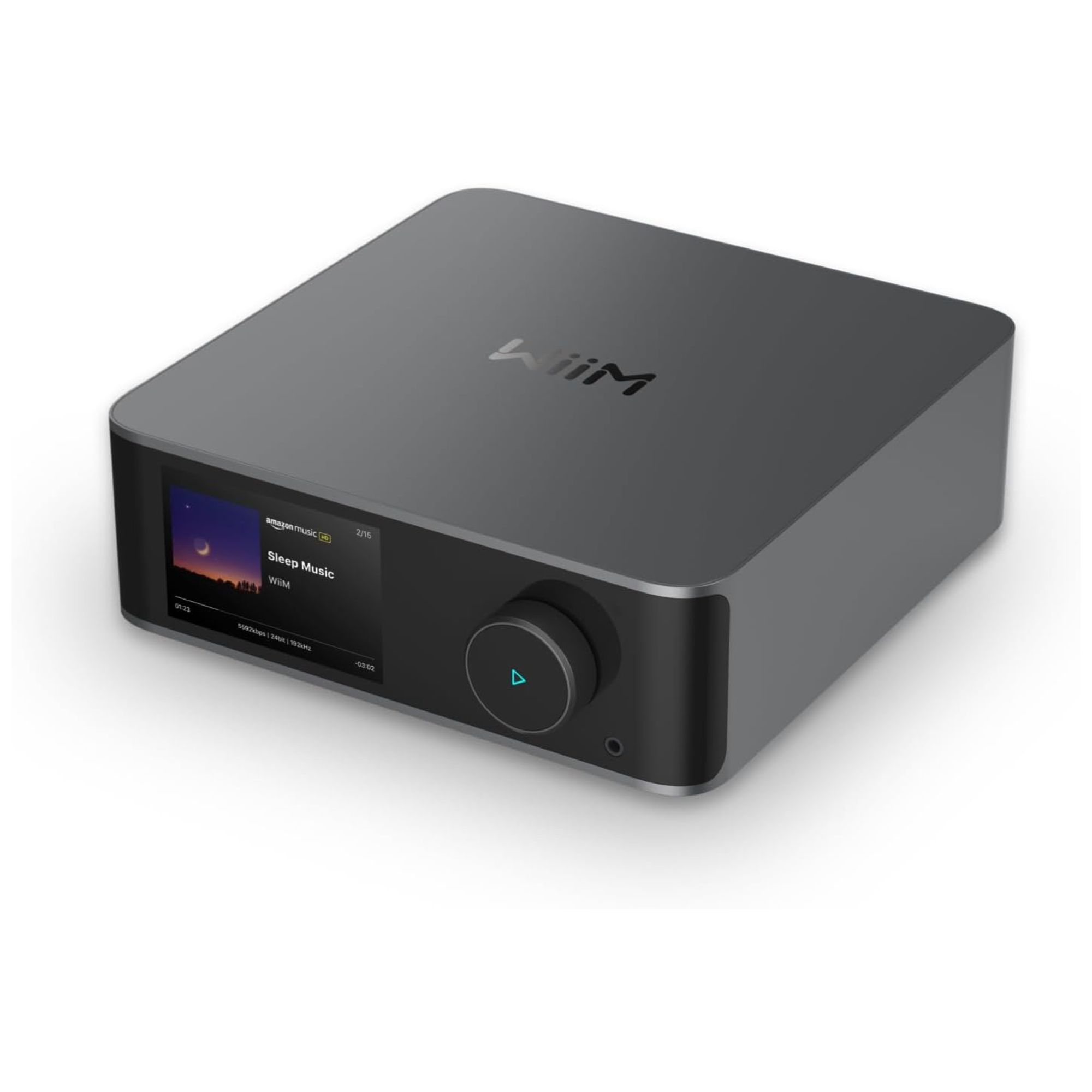
This all-in-one music streamer uses AI to analyze your preferences and adjust EQ and volume settings to fit the mood, time of day, and even the shape of your room. It integrates with voice assistants such as Google and Alexa to learn which playlists you prefer in different contexts.
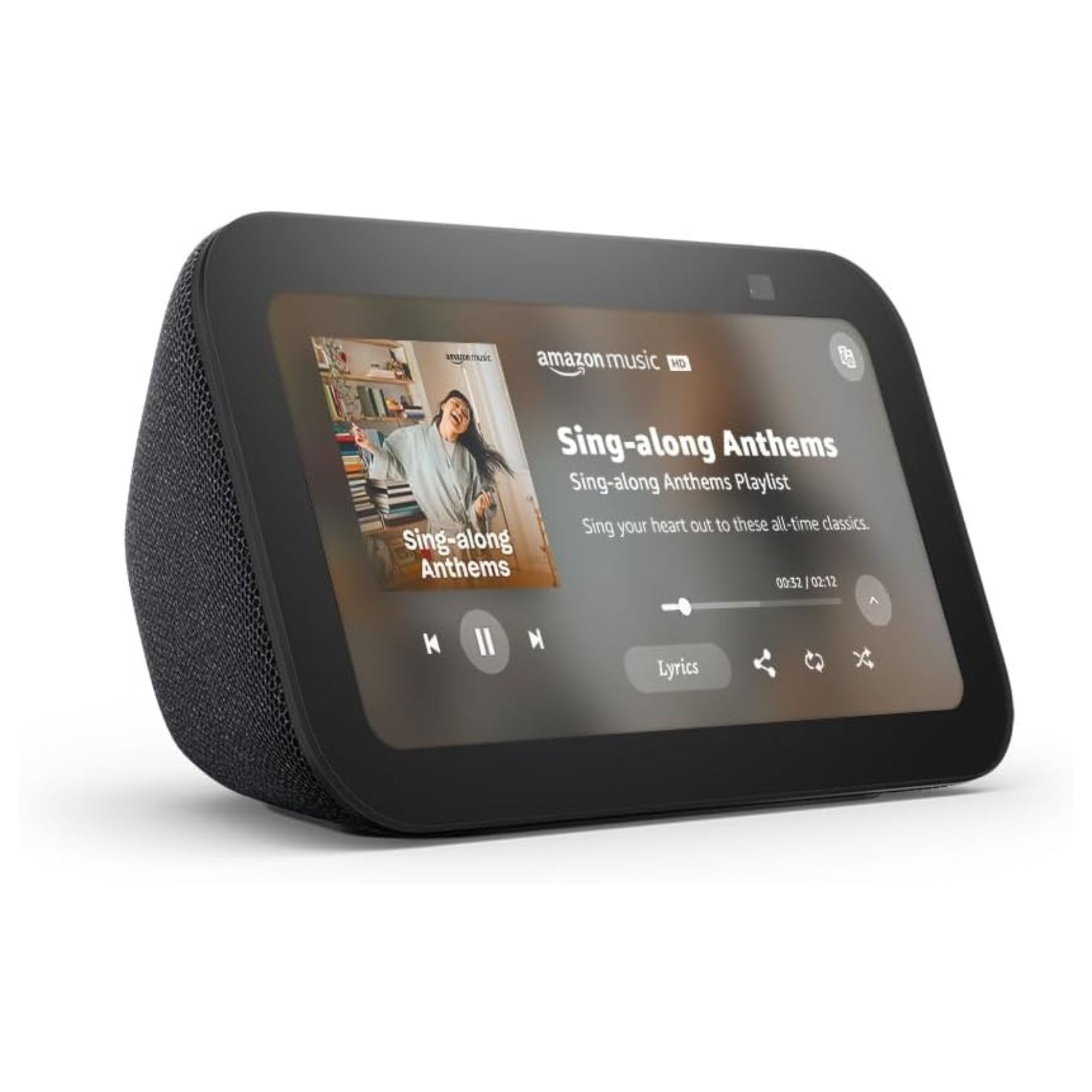
A smart display works as a central hub for any smart devices you have at home, and the Amazon Echo Show 5 responds to your daily patterns to recommend music, recipes and news based on your habits.
2. Cleaning
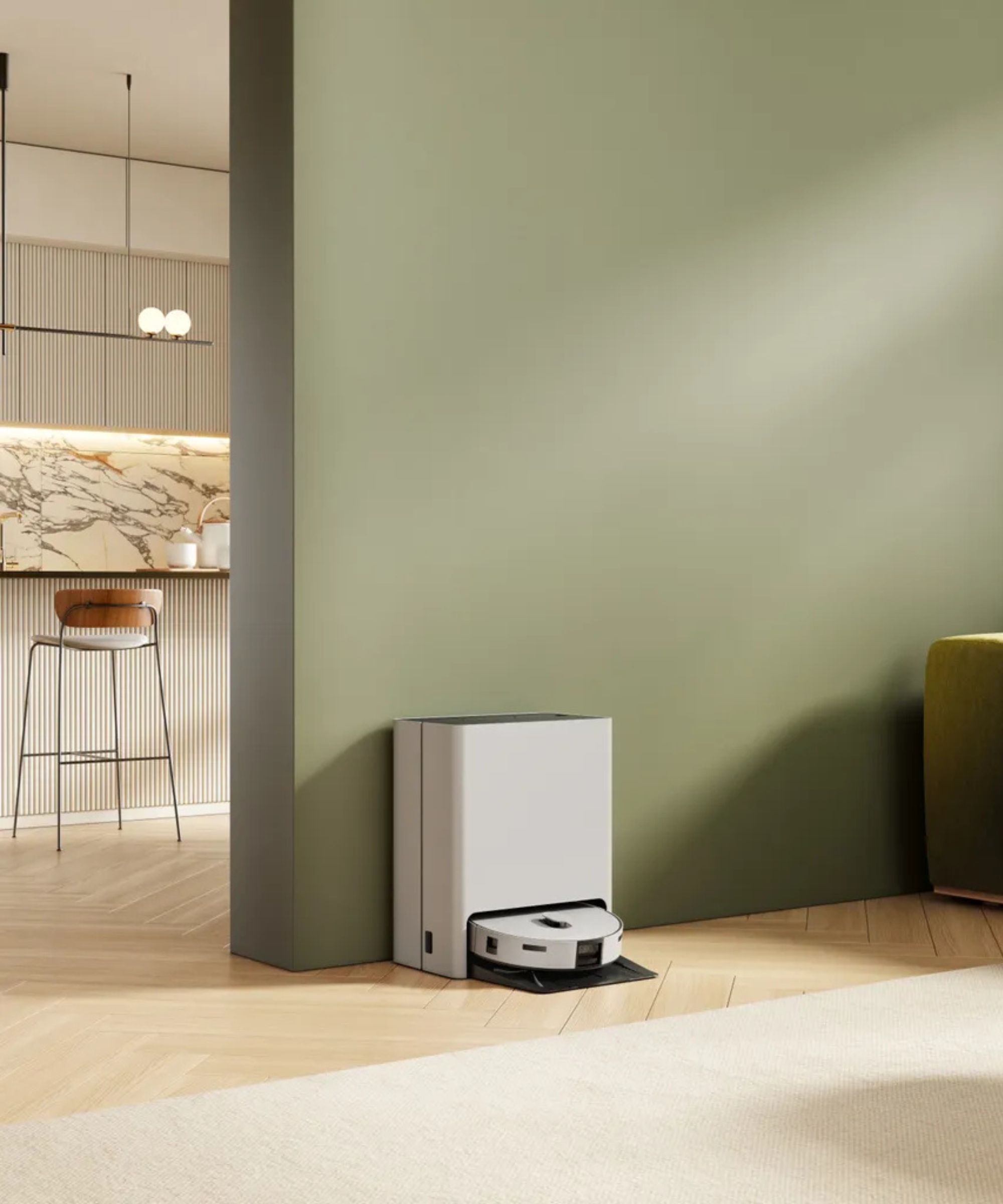
Cleaning has become smarter and more intuitive. ‘AI learns patterns and adjusts over time – it doesn’t just follow fixed commands,’ says Patrice Williams Lindo, CEO at Career Nomad.
Many of the models in our best robot vacuums guide, including the iRobot Roomba Combo j9+, use cameras and LiDAR mapping to recognize objects such as cords or pet waste. ‘It’s not just reacting – it’s deciding,’ Patrice explains.
Roborock’s latest robot goes further with a mechanical arm that clears obstacles, informed by AI object detection. It solves one of the most persistent frustrations: Having to pre-clean your floor for the robot.
Air quality is evolving, too. ‘AI-driven purifiers now predict changes based on cooking habits or pollen levels and adjust automatically,’ Patrice says. And as we've discovered from testing the best air purifiers, this hands-free feature is becoming increasingly common.
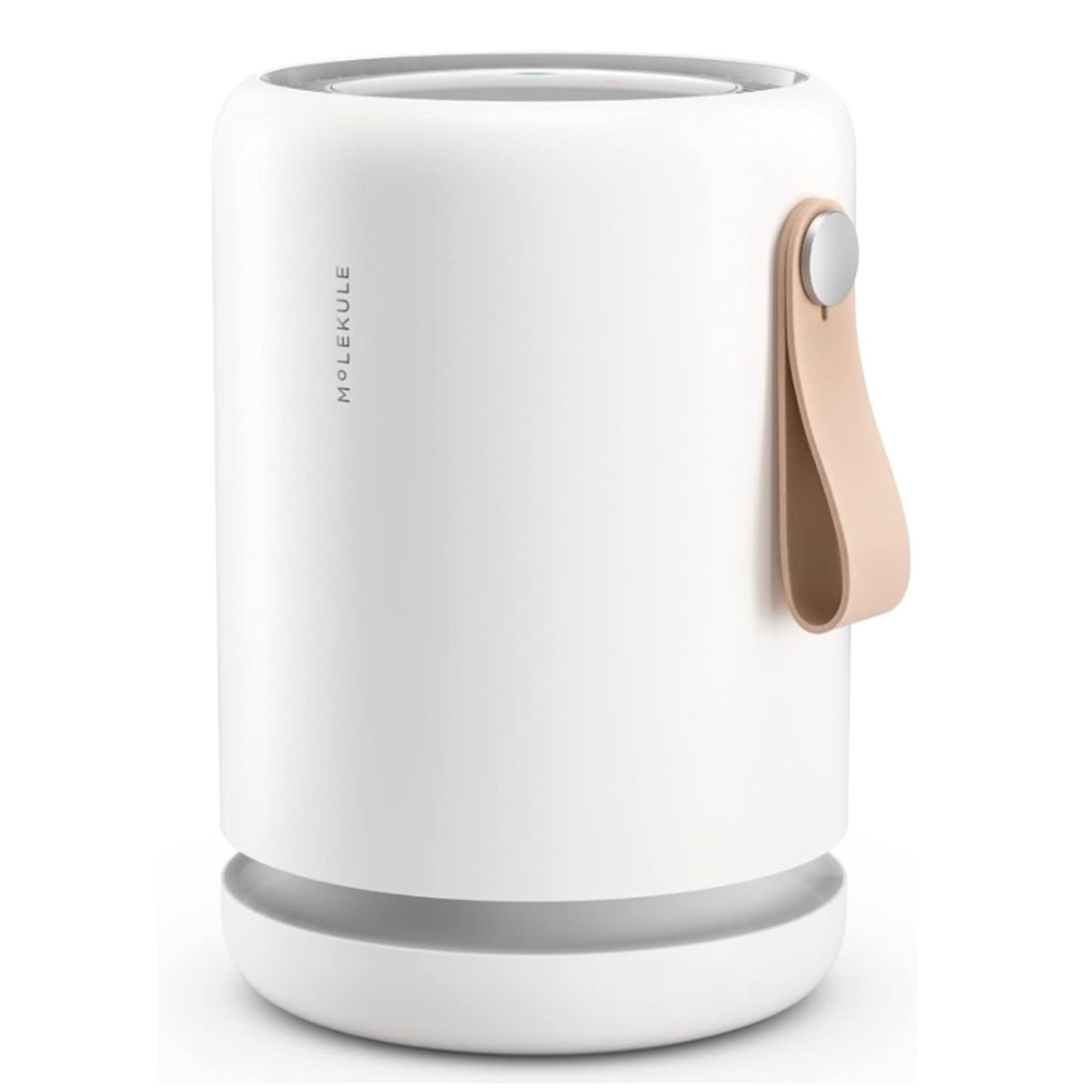
I've been using the Molekule Air Mini+ for almost a year , and one of its key features is its Auto Mode that naturally adjusts to the air quality of a room. Very much a 'set and forget' type device, with advanced purification tech that makes it one of the only purifiers on the market that's FDA-approved as a Class II medical device.
Read more in my full Molekule Air Mini+ review.
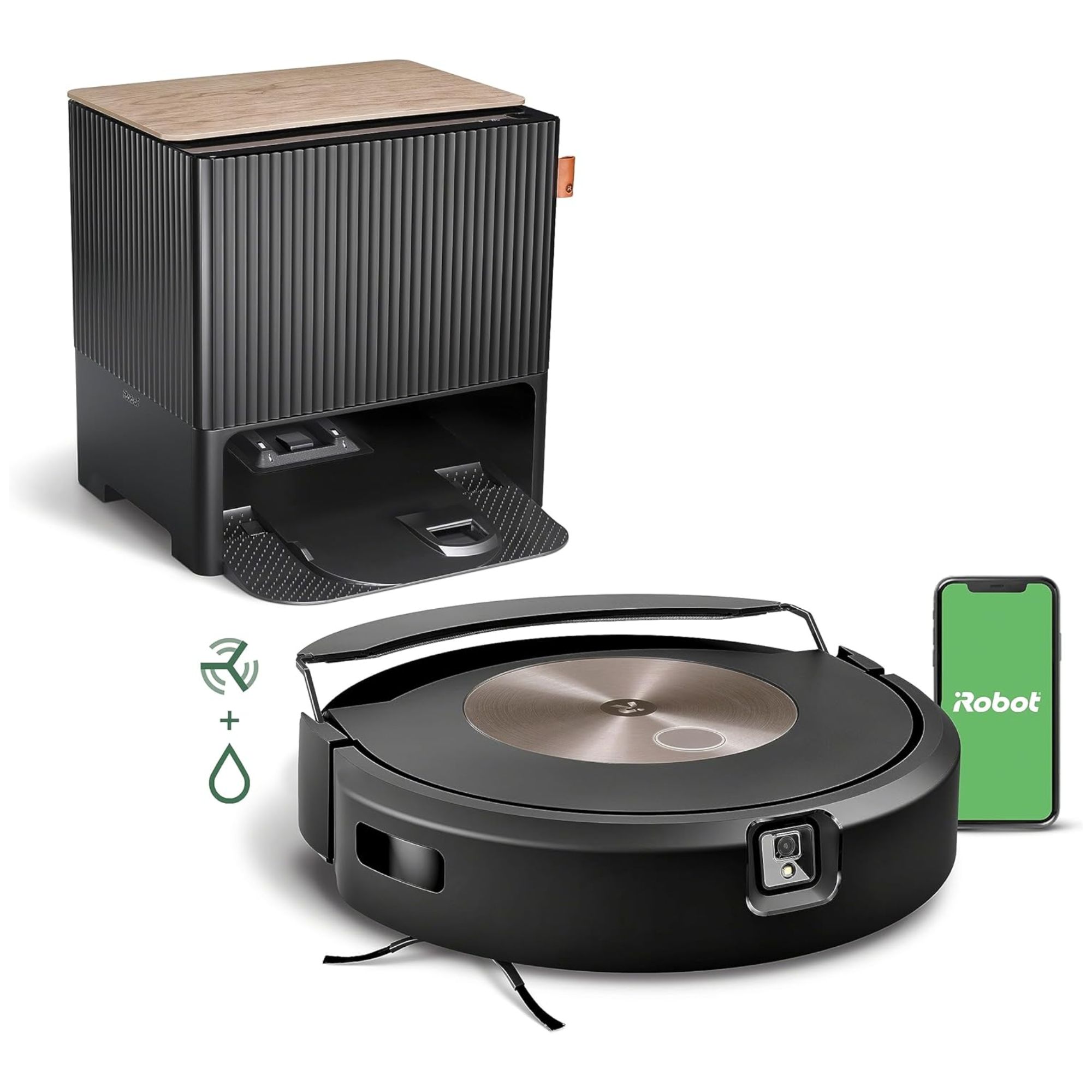
The object avoidance tech in the Combo j9+ is so sophisticated that the robot vacuum comes with a 'P.O.O.P.' guarantee, that if it runs into pet accidents, you'll get a replacement for free. It also cleans wonderfully on carpets and hard floors, and is one of our best robot vacuums for pet hair.
Read more in our full iRobot Roomba Combo j9+ review.
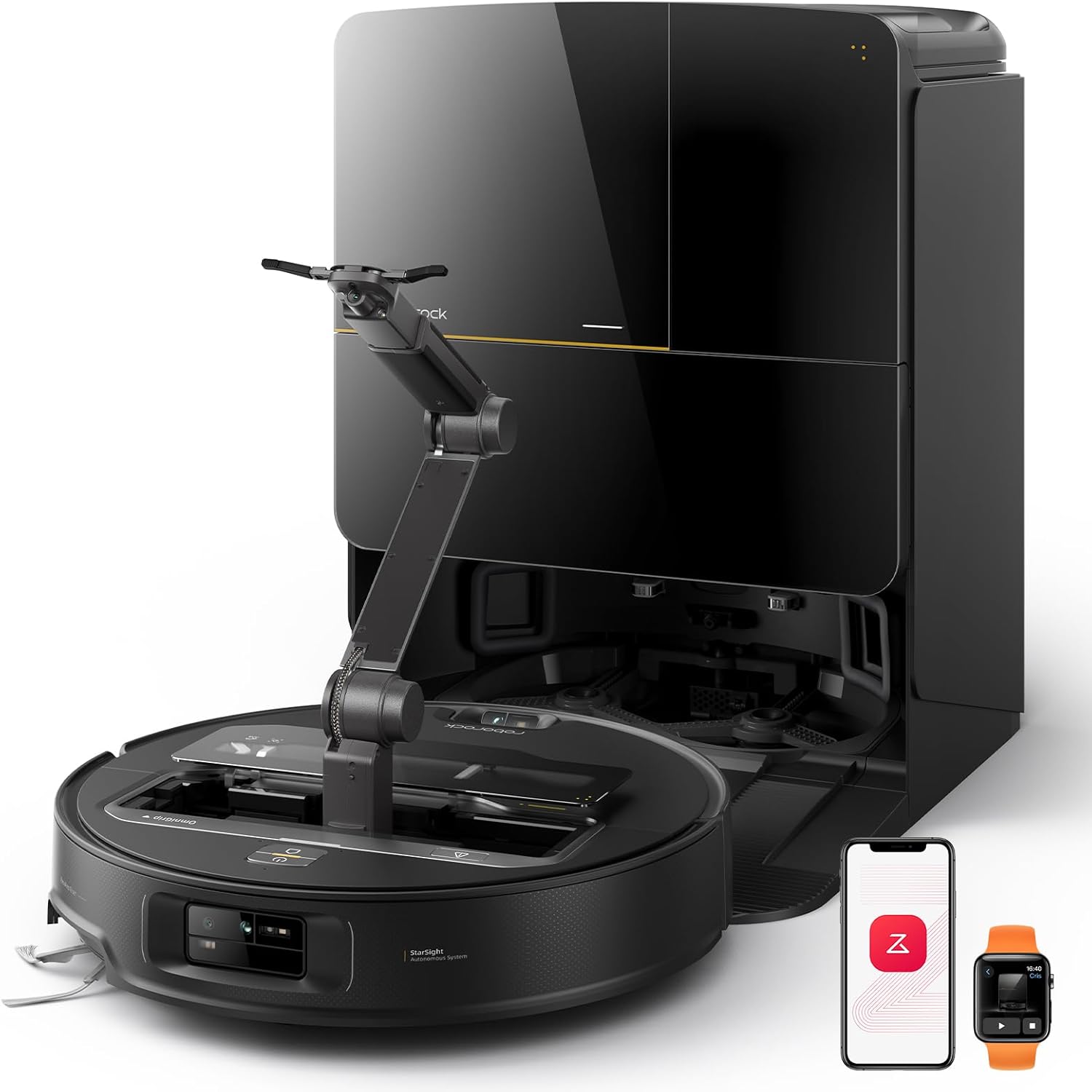
The Roborock Saros Z70 is undoubtedly one of the most expensive robot vacuums you can buy, but its mechanical arm and AI object detection software make it one of the most advanced ever made.
3. Energy
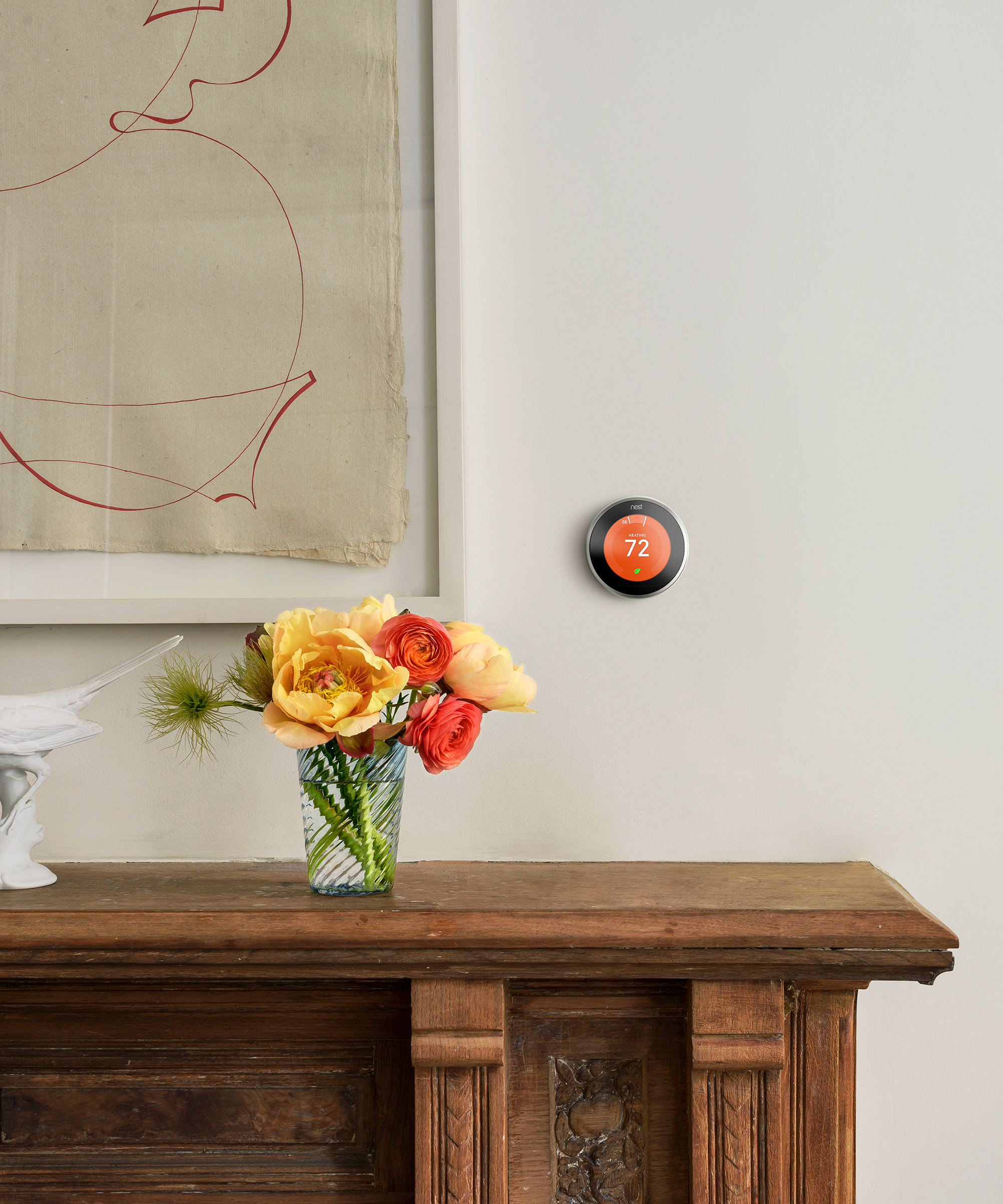
Energy efficiency is one of AI’s most practical benefits. ‘AI maps when people are home, adjusts heating and cooling, and even times it to cheaper electricity rates,’ says Patrice. Ecobee’s Eco+ feature is a standout example – learning patterns and adapting in real time.
Russell Goldman sees the future in cross-system collaboration, ‘Your energy monitor will inform your thermostat. Your wellness tracker will inform lighting and air quality. AI isn’t isolated – it’s becoming a responsive network.’
This connected thinking is central to setting up a smart home. It’s also a major contributor to lower bills, especially when combined with smart plugs and appliance monitoring, which are helpful when cutting energy bills.
Looking ahead, Russell predicts AI-first design, ‘We’ll stop layering tech onto homes and start building homes for AI where even layout and airflow respond dynamically to our routines.’
The ecobee Smart Thermostat's eco+ feature learns your habits in the background to optimize temperature settings and energy efficiency. It also combines this with local weather data and learned information on how quickly your home warms and cools.
4. Security

Traditional security systems alert you to motion, whereas AI systems tell you what’s happening. ‘Ring’s new AI-generated alerts describe scenes – like “A person is walking up the steps with a black dog” – reducing false alarms and adding clarity,’ says Patrice.
Devices like the eufy Security Video Doorbell E340 distinguish between people, packages, pets, and cars, and process data on-device, keeping footage private. These features are fast becoming standard across the best home security measures.
Amod points to passive sensing as a key upgrade, ‘Systems can track your phone or smartwatch and unlock doors as you approach – like keyless car entry, but for the home.’
Renters can benefit too. Many renter-safe home security systems now offer AI-powered features without requiring permanent fixtures. And for guidance, a military dad’s top security picks offer simple, effective upgrades with AI baked in.
When comparing eufy vs Ring, we'll always choose eufy thanks to the lack of a subscription service. The E340 is an excellent video doorbell we've used ourselves, and it has AI software to detect motions, people and packages.
Next, learn the smart kitchen tech that can transform your cooking, and the smart bedroom tech to improve sleep.







